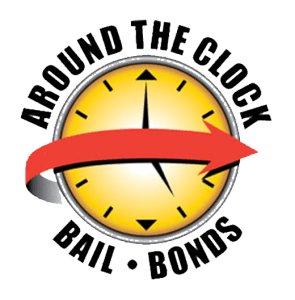What to Expect at DUI Checkpoints
DUI checkpoints are being used with ever increasing frequency around the United States. This includes not only in major and mid-sized cities, but on highways and in smaller communities as well. Because of the rather ubiquitous nature of DUI checkpoints, it is important for a driver to understand what to expect at this type of inspection point.
Proof of Identity
When a vehicle is stopped at a DUI checkpoint, the first thing that occurs is that the law enforcement officers on duty request identification from the driver. The driver will be required to present his or her valid driver’s license.
In addition to providing the law enforcement officers with a valid driver’s license, the driver will also need to present proof that the motor vehicle is insured and the registration for it. In the end, the failure to present any one of these articles can result in a person being issues a citation.
Basic Questions from Officer
The law enforcement officers on duty at the checkpoint quickly visually inspect a vehicle and its occupants to note any signs of intoxication. Officers primarily rely on sight and smell to identify potentially intoxicated drivers.
When making these observations, officers sometimes will question the driver, and perhaps the other occupants of the vehicle, to ascertain additional information about whether the driver may have consumed a mind altering substance before driving.
A person at a DUI checkpoint needs to keep in mind that he or she is under no obligation to respond to any questions put forth by the officers. Although refusing to respond to questions may elevate the stop to a different and more intense level, there truly are instances in which it is unwise for a driver to respond to questions. For example, if the driver has had a drink or two during dinner, he or she probably should avoid responding to questions about that fact. The drinking of an alcoholic beverage does not mean that a person is impaired, even applying the strictest of DUI laws on the books in the United States.
Field Sobriety Test
If an officer at a DUI checkpoint reasonably believes that a driver may have been drinking, may be intoxicated or otherwise under the influence of mind altering substances, the officer may request that the driver perform what are known as field sobriety tests. An example of a field sobriety test is walking in a straight line, toe to heel. for a specific distance.
Blood Alcohol Test
If a driver does not successfully complete the field sobriety tests, an officer at a DUI checkpoint may request that he or she submit to a blood alcohol test, oftentimes referred to as a Breathalyzer. This test is designed to detect the presence and amount of alcohol in a person’s system.
Move On
Provided that the officers at a DUI checkpoint find nothing out of the ordinary and do not suspect intoxication, the most common thing that happens at a DUI checkpoint is the driver is motioned onward. This occurs after a quick review of a driver’s license, proof of insurance and vehicle registration.




